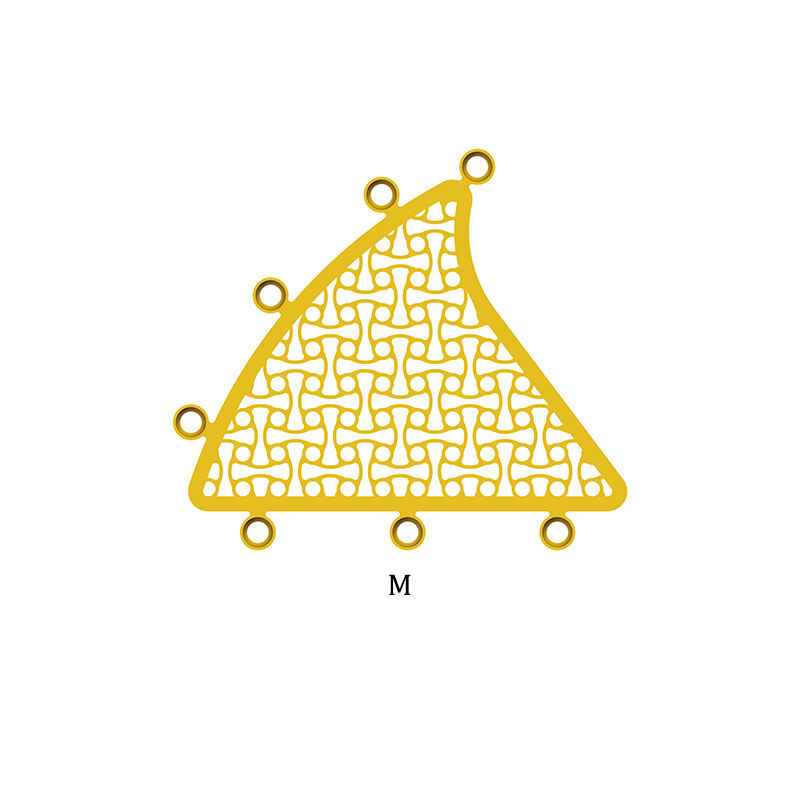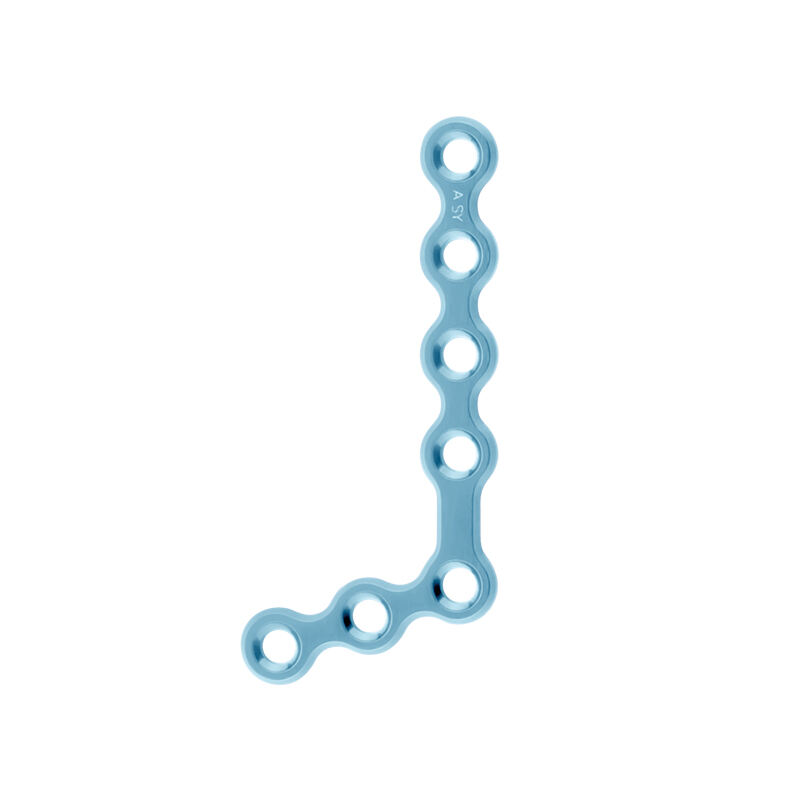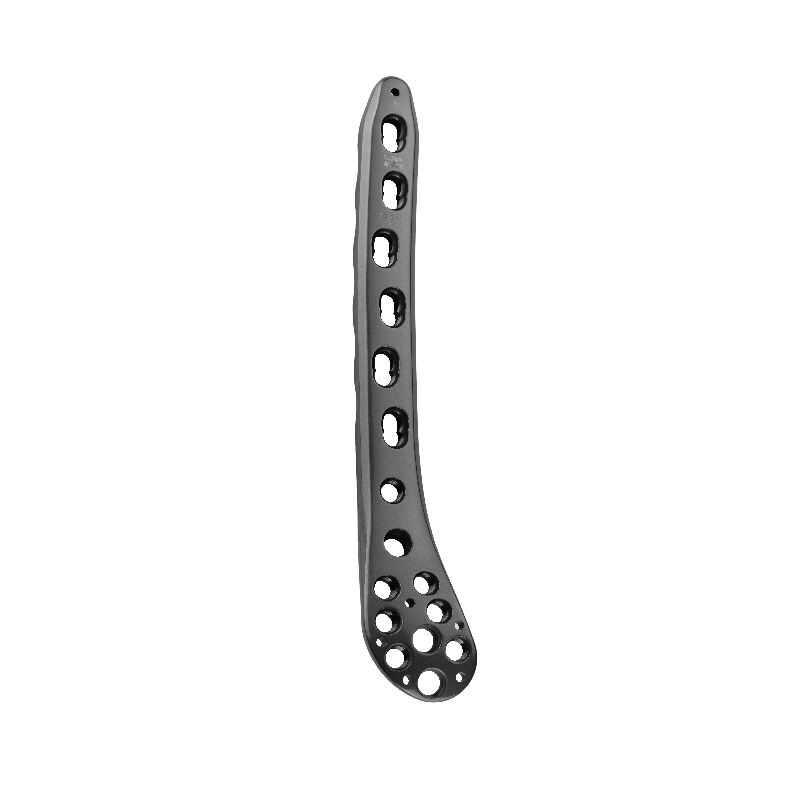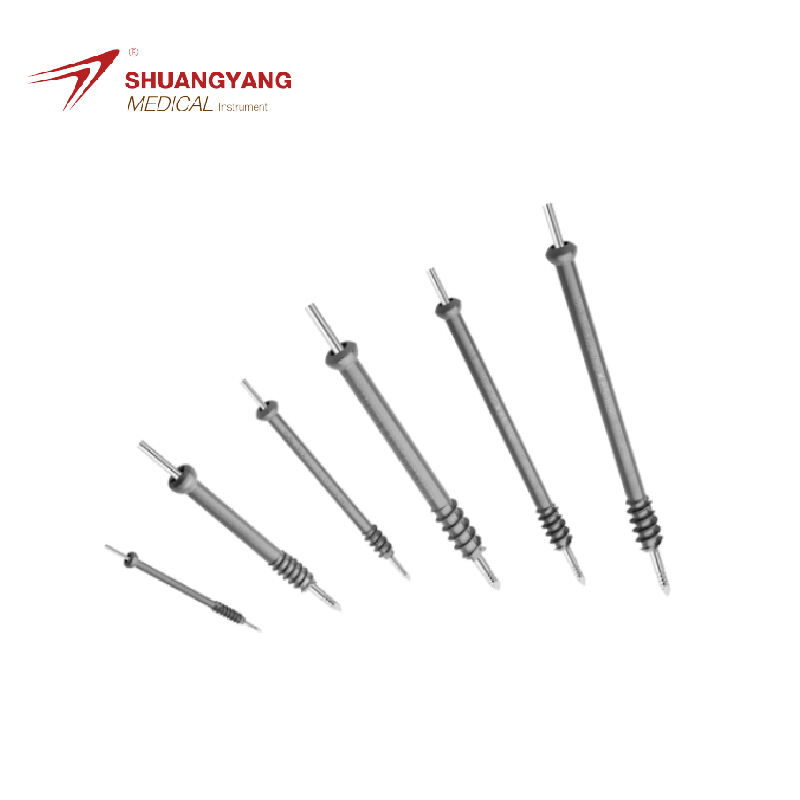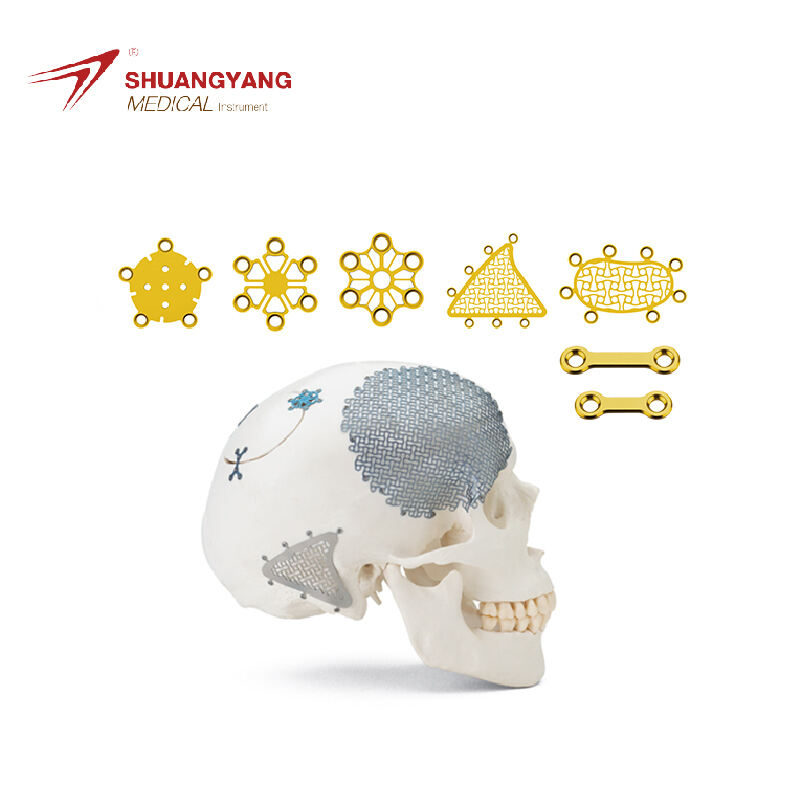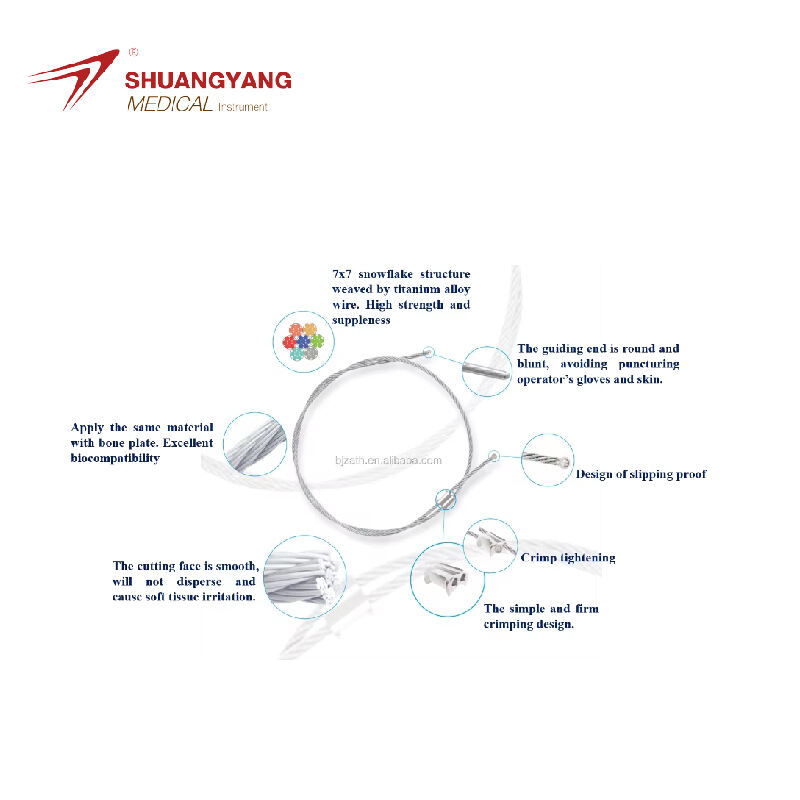spine surgery types
Spine surgery encompasses various types, each designed to address specific spinal conditions and dysfunctions. The main functions of spine surgery include relieving pain, restoring spinal stability, and improving overall neurological function. Technological advancements have introduced minimally-invasive procedures, utilizing endoscopic and microscopic equipment to perform precise and targeted operations. These surgeries can correct herniated discs, spinal stenosis, scoliosis, and other structural abnormalities. The applications are widespread, from treating chronic back pain to addressing severe spinal injuries, aiming to enhance the quality of life for patients by restoring mobility and reducing discomfort.
 EN
EN
 FR
FR
 ES
ES
 AR
AR

